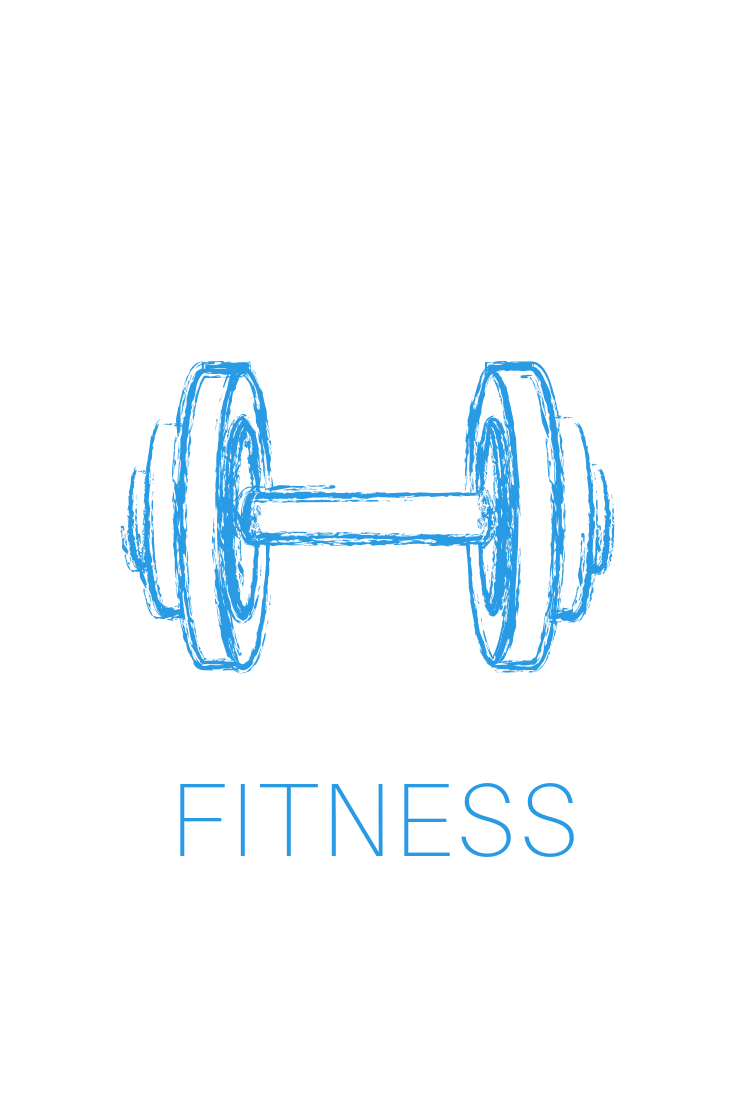Improve Strength By Reducing Stability
Much like a building which is only as strong as its foundation, your physical strength is only as strong as your stabilising muscles.
Stability and balance training are often associated with the older population or injury rehabilitation. Whereas in reality, stability training is essential for anyone who wants to increase their strength. Without working on stability and balance, the body’s ability to become stronger will be greatly restricted and may likely lead to injury.
Our muscles are designed to work in collaboration with each other to produce the movement in a safe and effective manner. The primary movers are the muscles doing the majority of the work. They create the motion that moves the load. Stabiliser muscles work to keep the body stable and steady so that the primary movers can do their job effectively.
The prime movers get all the glory. They are the muscles in which you will feel the most action and therefore we credit them with the movement. However, it’s the stabilisers that allow us to lift greater loads move efficiently and with good biomechanics.
For example, when performing a bicep curl which produces flexion at the elbow, the biceps muscle does the majority of the work to move the load. However, it’s the muscles in the front of your shoulders, upper and middle trapezius, wrist flexors and elevator scapulae in your shoulder blades that keep your arm from shaking and your shoulder joint in place as you lift the weight up and down. Without these muscles kicking in, you wouldn’t be able to lift as heavy or with correct technique.
Stability training occurs when you perform exercises in a way that challenges the body’s stability in order to activate muscles that may get neglected with other forms of training. Here are 3 simple ways to add stability work to your training program:
1. Include Exercise Balls
The role of these large round exercise balls (otherwise know as fit balls or balance balls) is to create instability of the movement you are performing. Simply sitting on an exercise ball immediately creates the need to activate deep core muscles in order to avoid rolling off. Performing strength exercises such as an overhead press on the ball activates stabilisers in the back and hips. Shoulder bridge, lying glute bridge, plank holds, push ups, there are numerous exercises that can be performed on the ball adding greater instability and greater requirement for the stabilising muscles to activate.
2. Utilise free weights
If you are new to exercise and learning how to keep your form, or needing to focus on a specific muscle group, machine weights can be useful. However, free weights (dumbbells, barbells, kettlebells) create a much more effective platform for activation of the stabiliser muscles. The nature of having to move the weights through a movement without it being attached to a cable or steel arm forces the smaller, helper muscles to activate. Additionally, exercises performed with free weights better mimic neurological patterns of daily movements than those you can do with a machine.
3. Destabilise yourself
When in a standing position, simply lifting one foot off the ground activates a number of stabiliser muscles around the ankle, knee, hip and core. Now, keeping one foot off the floor, load yourself up with some weight and perform an exercise such as a bicep curl or overhead press and your core stabilisers (including the Transverse Abdominals, Pelvic Floor and Multifidus, which runs along your spine) start firing like crazy. Try doing a one armed overhead press rather than two, or a one arm bicep curl, and again the core muscles need to switch on. When in a plank position, lift one leg or hand off the floor and you will feel activation of the stabilisers around the hips, core and shoulders. Obviously these exercises need to be done sensibly starting with light load and ensuring correct technique, but once you feel confident in an exercise, find a way to reduce your stability to make your stabilisers work harder.
Finally, a simple way to destabilise yourself is to go for a walk or run on an uneven surface. So as we head into summer, get yourself to the beach for some walks on the sand, or head to the bush trails. A structure is only as strong as its foundation, and our body is no different. By putting a small amount of time and effort into maintaining our foundations, we will stand strong for many years to come.
By Angie Black
ANGIE BLACK
BLOG CATERGORIES:







